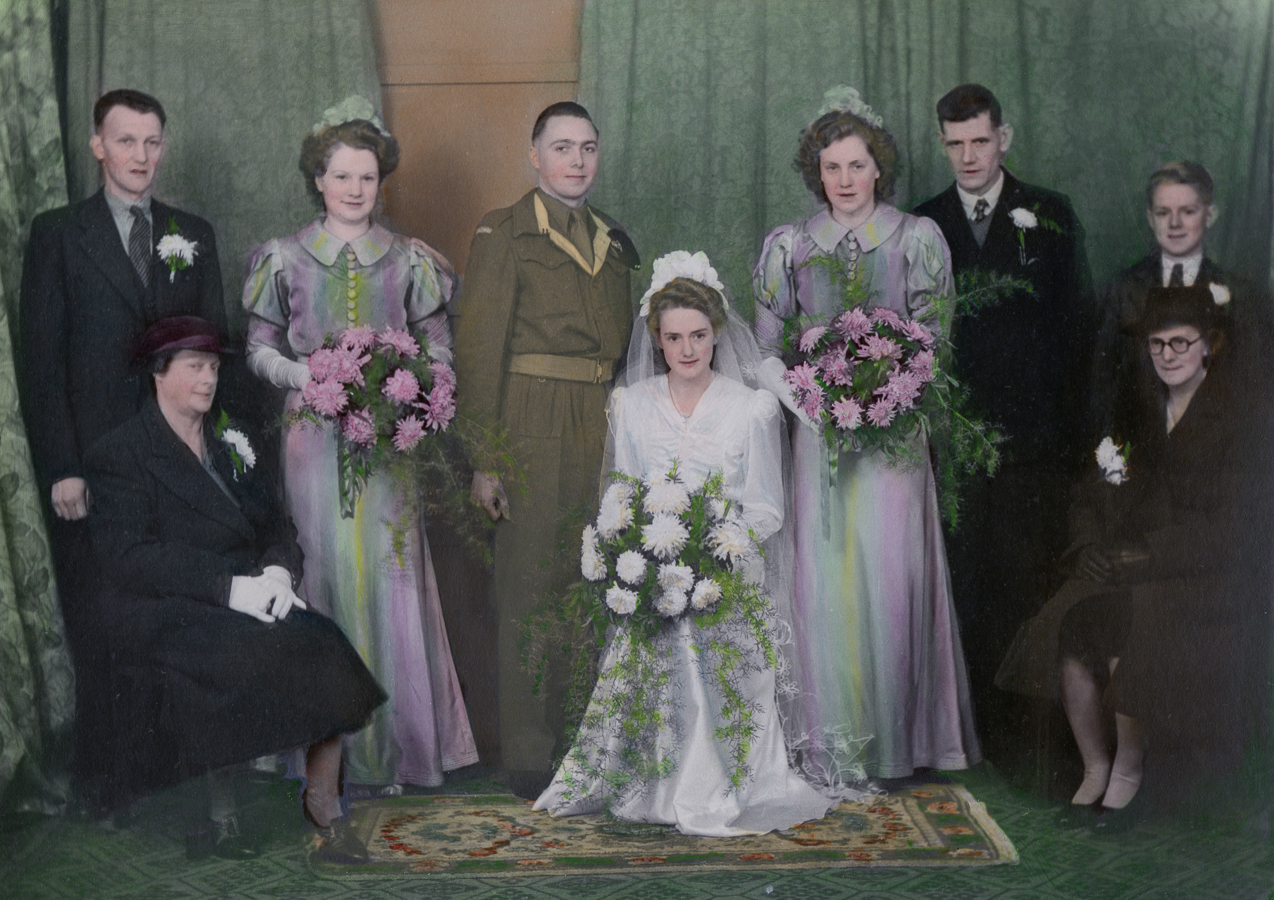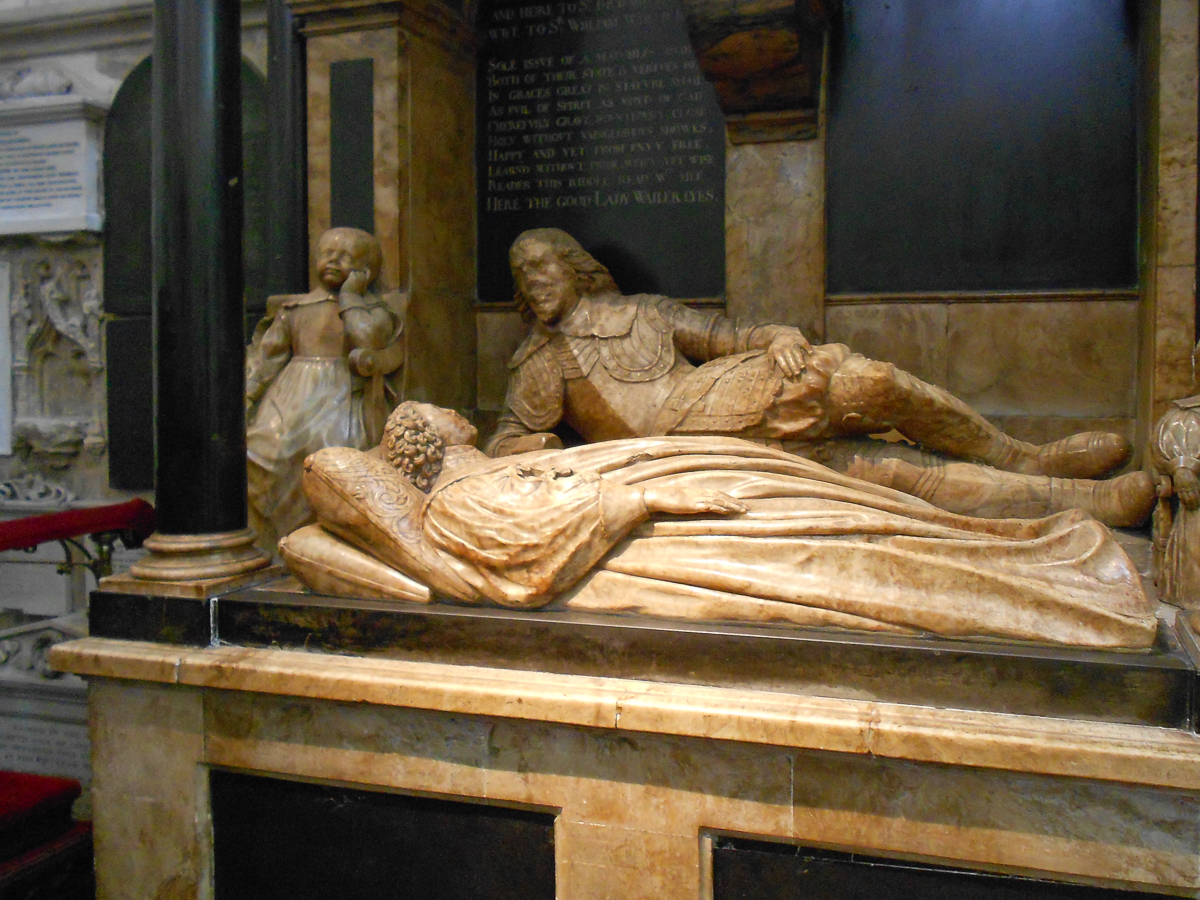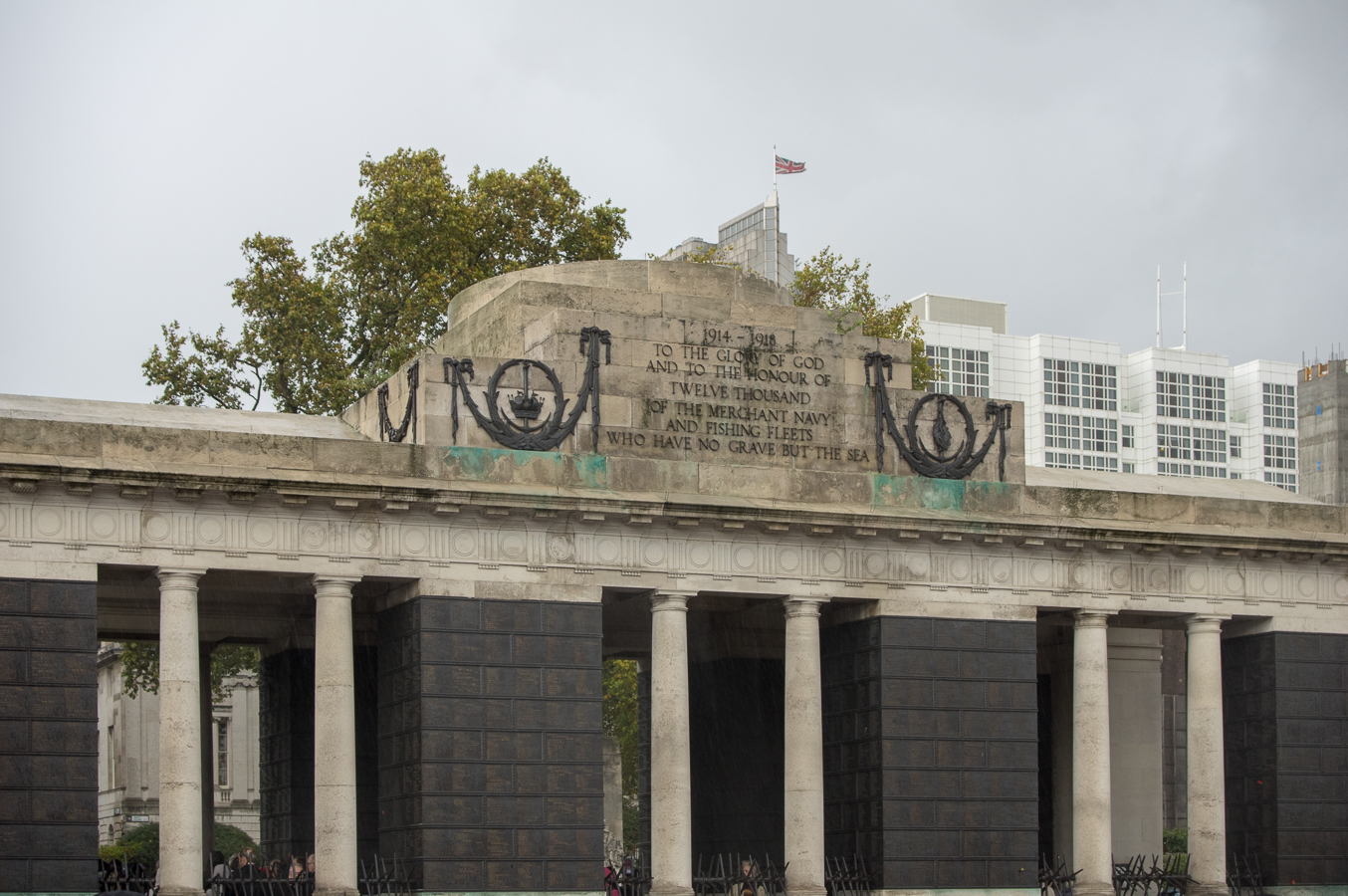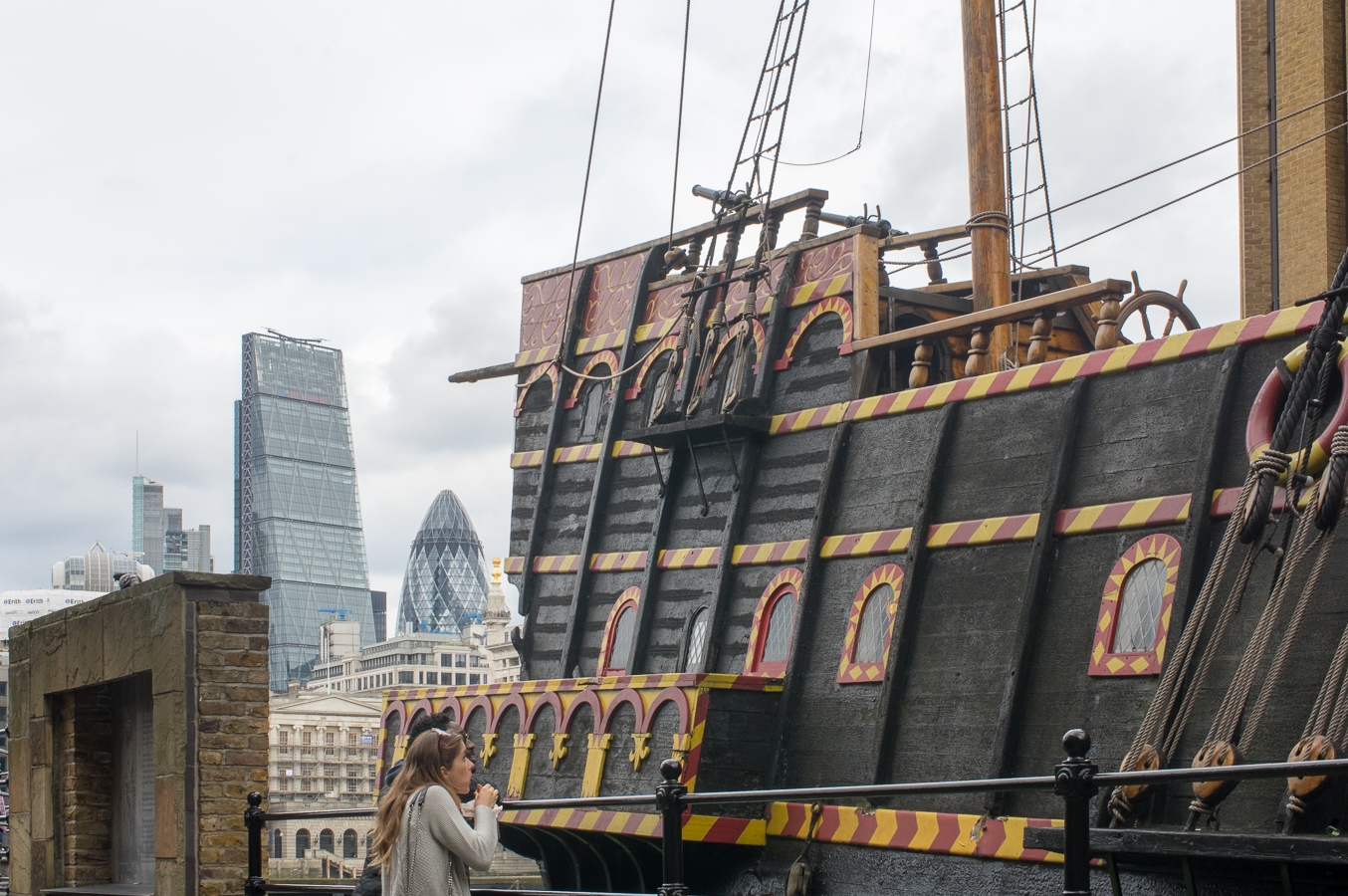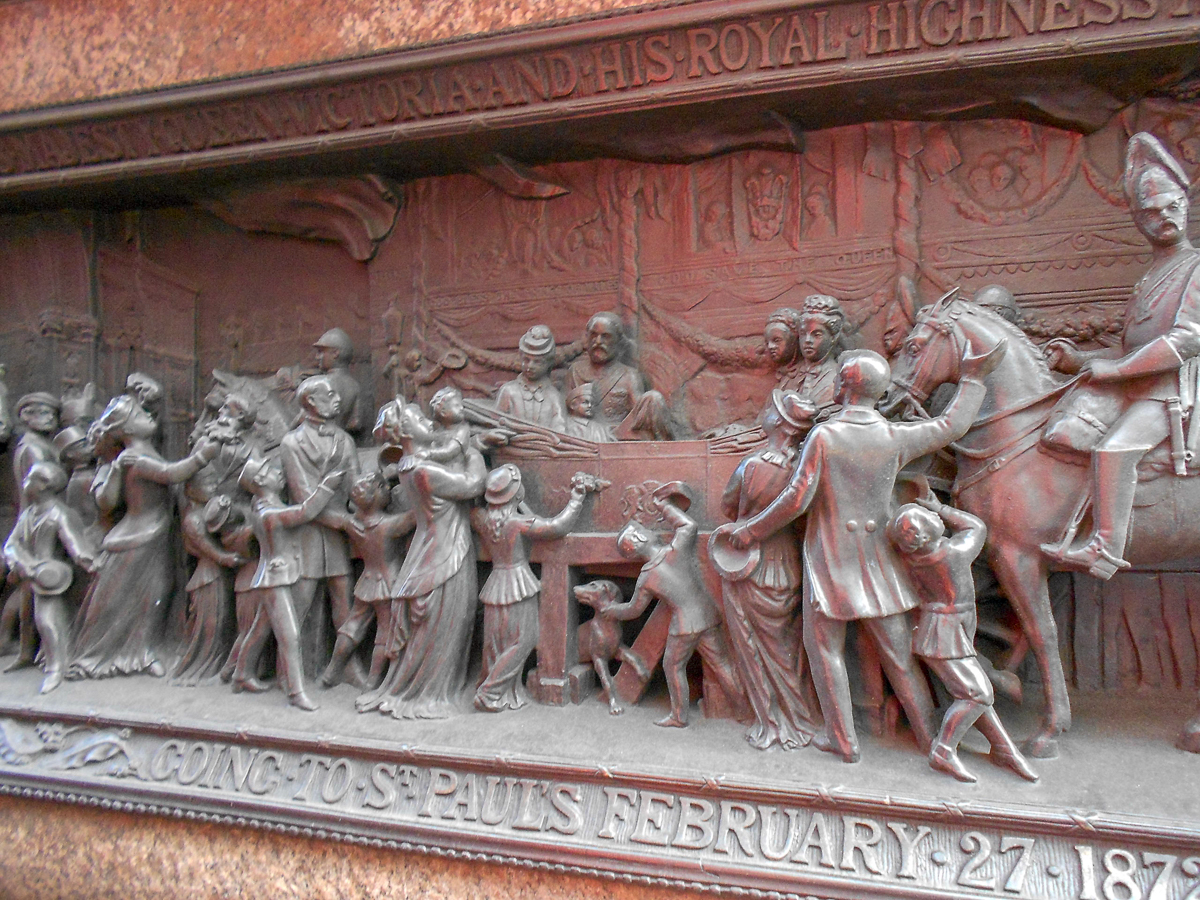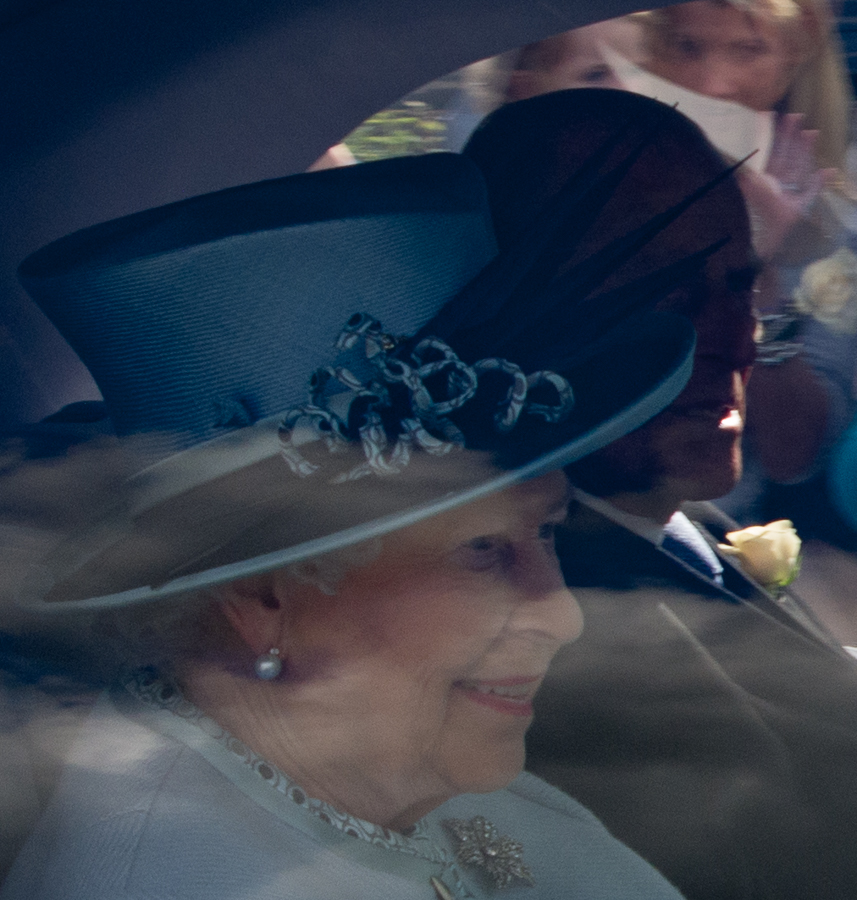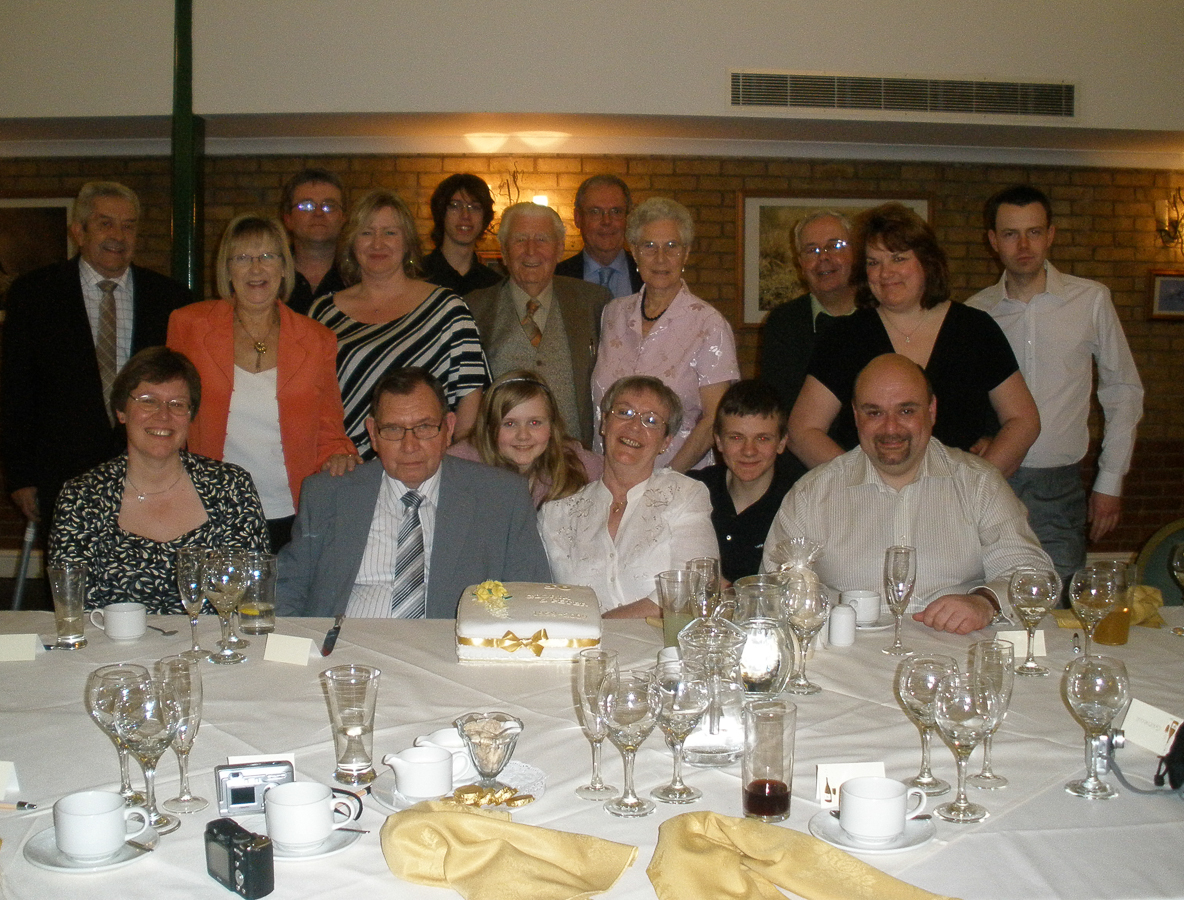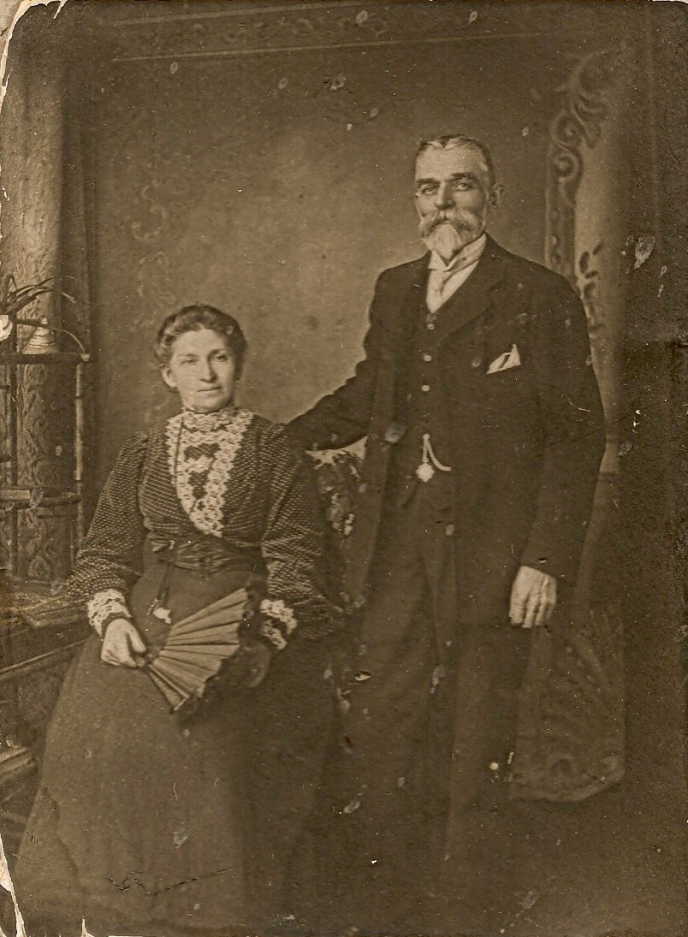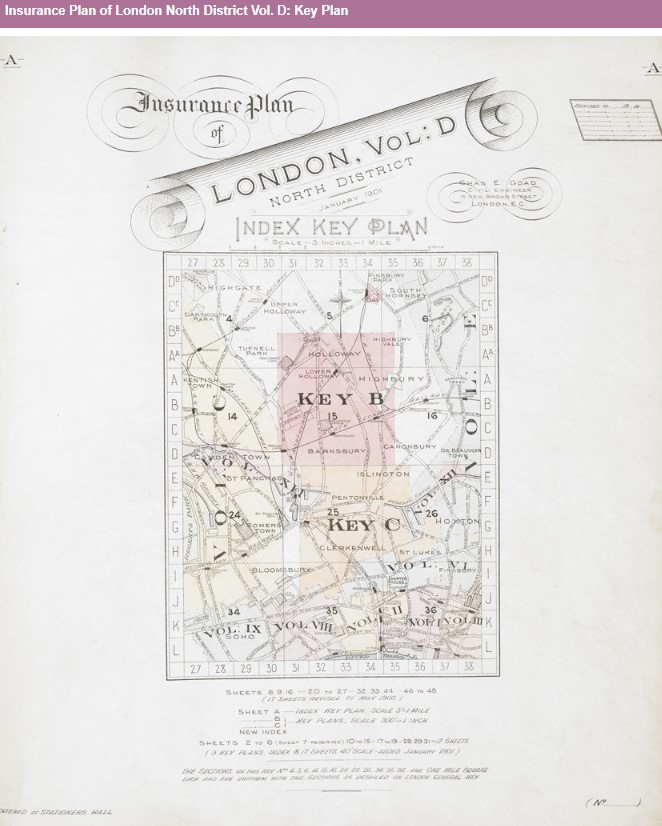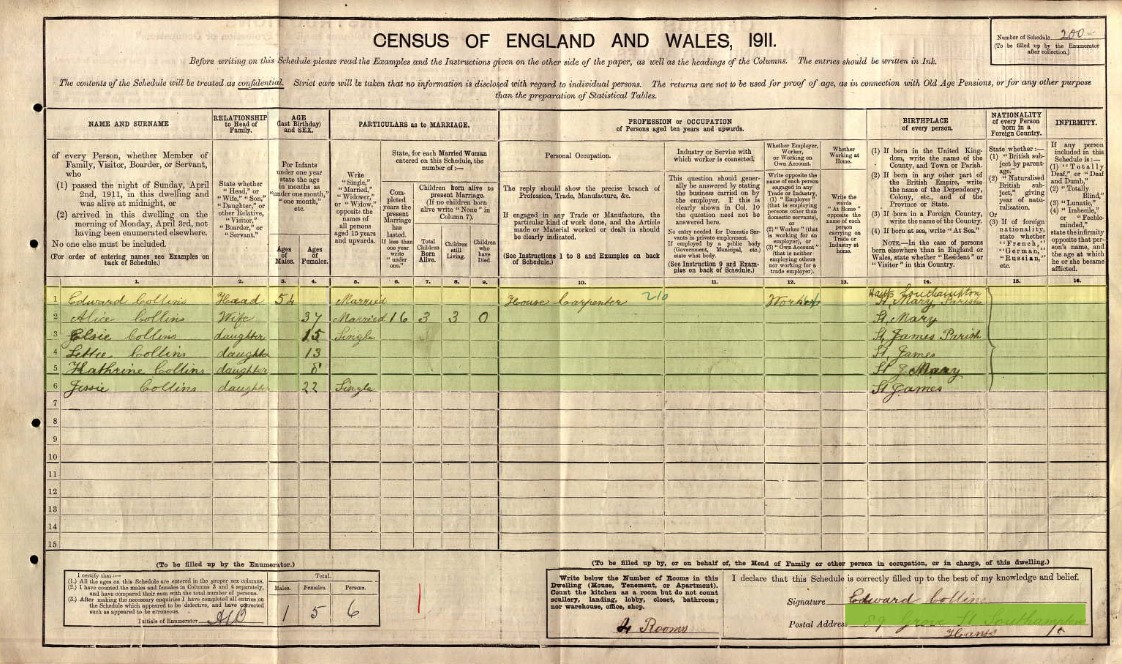Forward
This is not an attempt to re-write history as I have no new facts, nor have I won any wars to entitle me so to do, 'History is written by the victors'. There are plenty of scholars out there that know a lot more about the subject than I ever will. It is nowhere near detailed enough to be considered in depth, and most of the information is lifted from other sources. (in italics), mainly Wikipedia. Links to the sources are generally provided.
This is a romp through the Middle Ages from the perspective of my family's involvement, or more correctly people on my Family Tree, ancestors and relatives and the like. It is an attempt to understand a complex interaction of politics and power, lands and titles, marriages and murders, interlaced with references to my Family Tree connection (in orange). Primarily, it is to help me understand it, and clarify my Family Tree. A history lesson and genealogy mixed together if you will. With that in mind I thought I would share these ramblings with you.
My earliest direct ancestor is Roger Chievre La Maniche, 990–1078, Birth 990 • Saint Sauveur De La Pommeraye, La Manche, Normandy, France, Death 1078. He was my 29th great-grandfather. He was the father of the two brothers, Guillaume (William) Chievre or La Chevre and Raoul (Ralf or Ralph) de la Pommeraie.
However, all of this is predicated on a questionable link. In fact the whole of my Middle Ages or medieval period relatives revolve around two fairly questionably links. The first one found was
Roger De Mortimer 3rd Baron Mortimer, 1st Earl of March, who was born on 25 Apr 1287 at Wigmore Castle, Ludlow, Hertfordshire, England and was executed on 29 Nov 1330 at Tyburn, London, England. He is alleged to have had an affair with Isabella Capet de France, who was born between 1 January 1292 and 17 March 1292 at Castle Rising, Paris, Ile-de-France, France, and died 22 August 1358 at Hertford Castle, Hertfordshire, England. Isabella was married to Edward II, King of England at the time.
Allegedly, the illegitimate issue of the affair was William Alfred Willielmo Mortimer Knight, born about 1330 at Worcestershire, England and died 1360 somewhere in England.
There are thousands of people on Ancestry that have used this connection. However, that in itself does not make it so. There has also been much discussion and research on the subject, with some tracking the movements of everybody, and concluding that they could not have had an affair due to lack of proximity and opportunity. Kings and queens appear to have relatively well documented itineraries and diaries even back then.
Without this link the royal connection does not work.
That is until another dubious link came to the fore.
For years, the Pomeroy Family Tree researchers have thought there was a link between the Norman Pomeroy's and the more later, or modern branches.
Starting with William I "The Conqueror" of England, Born on 14 October 1024 at Falaise, Calvados, Basse-Normandie, France and died on 9 September 1087 at Rouen, Seine-Maritime, Haute-Normandie, France. Also know as William the "Bastard" in Normandy before the invasion. With William, apart from an army, there were several courtiers who came across the Channel with him. Some of whom were rewarded with lands in England. One such supporter was Radulphus De La Pommeraie, (Ralph) born 1044 at Saint Sauveur De La Pommeraye, La Manche, Normandy, France and died 1100 at Lidefort, Devon, England. From Ralph there appears to be a Pomeroy line until William Pomeroy who was born in 1545 at Netherbury, Dorset, England and died 03 July 1595 Crewkerne, Somerset, England. After that it is difficult to trace the family link for a couple of generations. However, the Pomeroy Family Association chairperson suggested that the missing link was William's son, John Wrickson, (not Pomeroy), born about 1575 at Symondsbury, Dorset, England who died in the year 1599, presumably somewhere in England, John Wrickson had a son, Henry Wrickson, who was born on 24 July 1596 at Symondsbury, Dorset, England, and died 1663. His son was another William Pomeroy. I don't know why the change of name appeared, or the reversion back to Pomeroy. I understand the adoption of this solution to filling the missing gap did cause a rift between the founder of the Pomeroy Family Association and the current Chair. Hopefully more evidence will come to light to substantiate (or repudiate) this claim.
In the meantime it remains a dubious link, but is the foundation of this article, with the assumption that it is correct.
The Norman Pomeroy Family
From Ancestry - Posted 16 Apr 2012 by Glynis Sakowicz
Following the Invasion and Conquest of England by William the Conqueror the lands of the English were granted to the Companions of the Conqueror. In A.D. 1068 the rich lands of southwestern England fell to the Normans. Among the Companions of the Conqueror who shared in the spoils were two brothers who had come in with the Conquest. They were granted lands in Devon and were founders of two extant families. Their names are recorded on the bronze tablet of the ancient church at Dives, Normandy, which bears the names of some of the known Companions of the Conqueror who embarked from Dives. They were Guillaume (William) Chievre or La Chevre and Raoul (Ralf or Ralph) de la Pommeraie.
William received the Honour of Bradninch and his brother Ralph the Honour of Berry Pommeraie, both in Devonshire. William's descendants were known variously as Chevre, Chever, Chevyr, Chevyrs, Chevers Chivers and Cheevers etc. The form .Chevers. is derived from the original Norman .Chievre. through a variation of the original, viz .Cheever. . The .s. comes from the apostrophes of Chever’s son., i.e son of Chever.
Ralph.s descendants were known variously as de La Pommeraie, de Pomerio, de la Pomerai, Pomaria, and Pomeroy etc. The form Pomeroy is derived from the original .Pommeraie. and is probably a straight Anglicisation of the name.The English descendants of Ralph are known today as Pomeroy and include the peerage Pomeroys, the Viscounts Harberton.
Ralph’s surname was derived from la Pommeraie, i.e., -the Orchard- at the family's place of residence at la Pommeraye, 14 kilometres west of Falaise, Calvados, Normandy. The designation .de la Pommerair. was probably applied to Ralph for the purpose of identification only. From a geographical significance it became a surname and later part of the compound place name Berry Pomeroy. (The Crests and Arms of some branches of the Pomeroy family show a rampant lion holding between the paws an apple. The connection between the apple and the Orchard is obvious.
Both brothers are recorded in Domesday Book as tenants-in-chief of the Crown. Domesday Book having been written in Latin William’s surname is recorded as “Capra” and Ralph is recorded as ”Pomaria”. He is also recorded in addition to his direct holdings from the Crown as a sub-tenant of his brother William.
With no similarity in the names of William’s and Ralph’s descendants and no similarity in their arms and crests, it would appear that there was no connection between the two families; yet despite the difference in surnames etc. the descendants of William Capra or Chievre and Ralph Pomaria or Pomeroy are members of the SAME family.
Nothing was known of the pre-Conquest ancestry of the family.
In the Victoria County History of Devonshire William is listed as William Capra with the note that he is recorded as Chievre in the Exchequer Book. An interesting footnote to the article relating to William stated that he was the brother of Ralf de Pomeroy. Mention is also made of his sister Beatrix (Beatrice) who was one of his sub-tenants. In supplement V11 of the Devonshire Association Transactions she is described as William's sister and like her brother she is surnamed Capra.
My great satisfaction in identifying a brother (Ralf) and a sister (Beatrice) of my family’s first recorded ancestor in England prompted me to endeavour to trace my family back beyond William.
The Cheevers family had not been traced beyond William Chievre but it seemed possible that the records of the Pomeroy branch of the family might provide additional information regarding the family’s ancestry. William and Ralf being brothers, the ancestry of one brother would naturally apply to the other. Unfortunately the peerage works I consulted did not trace the Pomeroy family back beyond “Ralph de la Pomeria”, founder of the Devon and Cornwall branches of the Pomeroy family and ancestors of the Viscounts Harberton.
In the History and Genealogy of the Pomeroy Family, Vols.1 & 11 published in 1912 and Part 111 in 1922, the author Colonel Albert A. Pomeroy traces the family back to Radulphus De La Pommeraie, the ancestor of the Pomeroy’s in England. Brief mention of Ralph’s brother William is found in Vol.1 and Part 111 where he is designated as “Capra”, “Chevre” and “Chievre”. Another Brother “Huge”, and their sister “Beatrice” are also mentioned. Most interesting of all is the tantalizingly brief mention of the father of William and Ralph - Roger- who is described by Colonel Pomeroy as being recorded, with his son William Capra, as a benefactor to the Abbey of St.Mary Du Val, Normandy. The Colonel refers in a note to page 536 of the “Calendar of Documents, France” as the Documentary source of this statement. At least three times in his work Colonel Pomeroy refers to Roger, as not having a surname, but consultation of the Calendar of Documents preserved in France illustrative of the history of Great Britain and Ireland., page 536, Vol.1, A.D. 918-1206, reveals two glaring omissions by Colonel Pomeroy. Although the “Calendar of Documents, France” does not record Roger’s gift to the Abbey in full, but merely mentions it in parenthesis, I discovered that Roger did indeed have a surname and I also learned the name of his wife; two very important details in the history of both families which were either overlooked or ignored by Colonel Pomeroy.
The “Calendar of Documents, France’ describes Roger as ROGER CAPRA,and gives his wife’s name as Petronilla. The Rev. J.R. O’Donnell of the Pontifical Institute of Medieval Studies, Toronto, Canada, has translated a
transcript of the document mentioned in the Calendar as follows:
“I Roger Chievre (becomes Chevers in English from the Norman form) have, with the consent of my wife Petronilla and my son William, given to God and the Church of St. Mary of the Valley 20 acres of land at Cauville (about 22 acres today; Cauville is approximately 9 miles from Le Havre) and in Delbot’s mill about 10 sesters of grist and six sesters of wheat for my soul and the souls of my forefathers.”
In the Latin records of Normandy Roger the ancestor of the Chevers and Pomeroy families, is described as “Capra” and his son William and daughter Beatrice are both described in English (Norman) Latin records as “Capra.” From the fact that the Chievre surname was used by Roger and his son William and daughter Beatrice, it may be concluded that the English Pomeroys would have borne the same surname had not Ralph and his descendants
been known as of “the Orchard.”
From the History and Genealogy of the Pomeroy Family we learn that Beatrice was sub-tenant of her brothers William and Ralph. Following the Conquest she was Abbess of the Benedictine Abbey of St. Michael’s Mount, Cornwall. This association with St. Michael’s Mount by the Chievre branch of the family was followed about a century later by an interesting association with the Mount by the Pomeroy branch of the family. One of Beatrice’s Pomeroy kinsmen, one Henry de Pomeroy, was a staunch supporter of Prince John against his brother King Richard I. Henry Pomeroy was forced to flee to St. Michael’s Mount where he held out until capture was inevitable. St.Michael’s Mount then became the scene of a most unusual suicide. Rather than face capture and death at the hands of the executioner and subsequent confiscation of his estates Henry called in his surgeon and had himself bled to death.
Both the Irish Cheevers and the English Pomeroy branches of the families attained Peerage honours. In Ireland Edward Cheevers the Head of the family, was raised to the Peerage as Viscount Mount Leinster and Baron of Bannow, 23 August 1689,by James II. Lord Mount Leinster served as A.D.C. to his Majesty at the Battle of the Boyne and accompanied the King into exile to France where his Lordship died in 1709.
In England Arthur Pomeroy was elevated to the Peerage as Baron Harberton, 10 October 1783, and was advanced to a Viscouncy, 5 July, 1791.
The Viscounts Harberton descend from the Pomeroys of Ingesdon (now Ilsington), Devon. Both family surnames, Chevers and Pomeroy, have survived down through the centuries as place names. In Devon the name Pomeroy has been perpetuated by the village and castle of Berry Pomeroy. In Ireland the name Cheevers has been perpetuated by the Townland of Cheeverstown, Co.Dublin and Cheeverstown Castle. The Down survey map of the Barony of Uppercross, 1655, the Census of Ireland, 1659 and the Book of Survey and Distribution (date about 1660) all give the old form of .Ballycheevers..
Some branches of both families can claim royal descent. The Pomeroy royal descent is somewhat circumstantial, according to one source Goslin, son of Ralph Pomeroy, married a natural daughter of King Henry 1 named Rohais. Still Another source states that Goslin's wife Emma .appears. to have been one of the natural daughters of Henry 1.
The Chevers royal descent is traced from the marriage of Sir Walter Chevers, of Ballyhealy, Co.Wexford, and Lady Eleanor St. Lawrence, daughter of Nicholas St. Lawrence, 16th Baron of Howth, and a direct descendant of King Edward III. Lady Eleanor possessed a double descent from King Edward I by virtue of her descent from John of Gaunt, son of Edward III and great-grandson of Edward I, and by descent from Edmund, Earl of Kent, son of Edward I.
Descent can be traced by the two families not only from two Companions of the Conqueror, but by virtue of their royal descent, from the Conqueror himself.

